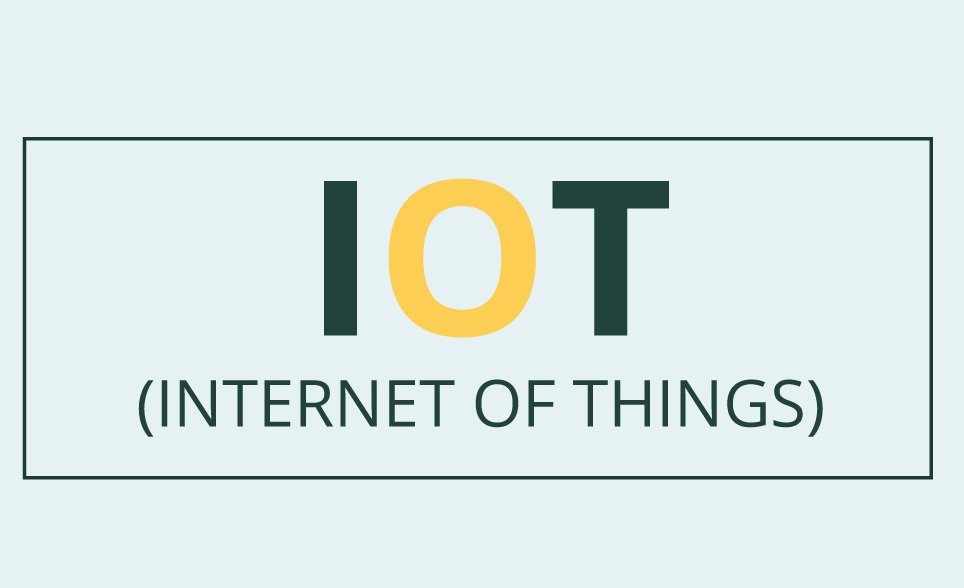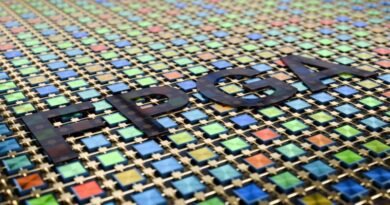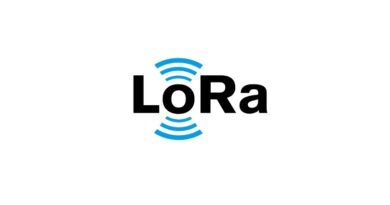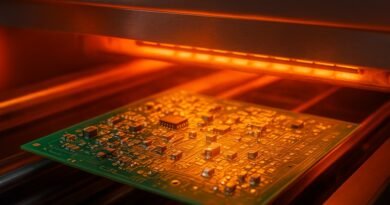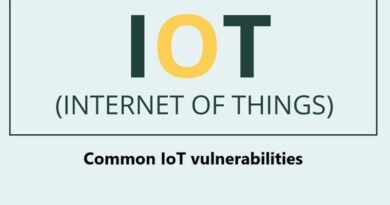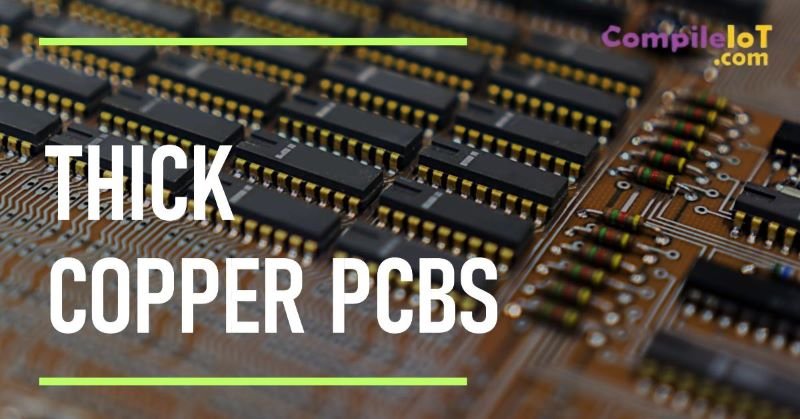Introduction to IoT
What is IoT?
The Internet of Things (IoT) refers to the network of interconnected devices embedded with sensors, software, and other technologies that enable them to collect and exchange data over the internet. These devices range from simple household items like smart thermostats and wearable fitness trackers to complex industrial machines and autonomous vehicles. IoT aims to create a seamless integration of the physical and digital worlds, improving efficiency, convenience, and decision-making across various sectors.
The History and Evolution of IoT
The concept of IoT has its roots in the late 20th century when the idea of connecting physical objects to the internet began to emerge. The term “Internet of Things” was first coined by Kevin Ashton in 1999 during his work at Procter & Gamble. Ashton envisioned a system where RFID (Radio-Frequency Identification) tags could be used to track items and manage supply chains effectively.
Since then, advancements in wireless communication, cloud computing, and miniaturized sensors have driven IoT’s growth. Today, IoT is a critical component of modern technology, with applications spanning smart homes, healthcare, agriculture, manufacturing, transportation, and more.
IoT vs M2M (Machine-to-Machine Communication)
While IoT and M2M share similarities, they have distinct differences. M2M refers to direct communication between devices without human intervention, often using cellular or wired networks. IoT, on the other hand, is broader, involving devices that connect to the internet and use advanced analytics, cloud computing, and big data to provide actionable insights. IoT systems enable a more extensive and scalable network, supporting various protocols and integrating with user interfaces for enhanced functionality.
Importance of IoT in Daily Life
IoT has become an integral part of modern life, offering numerous benefits:
- Convenience: Smart home devices, such as voice assistants and automated lighting systems, make daily tasks easier.
- Health Monitoring: Wearable devices track fitness metrics and health conditions in real time.
- Energy Efficiency: IoT systems optimize energy consumption through smart meters and thermostats.
- Safety and Security: IoT-enabled surveillance cameras and alarms enhance personal and property security.
- Enhanced Accessibility: IoT devices assist differently-abled individuals with tools like smart prosthetics and voice-controlled interfaces.
Applications of IoT in Various Industries
1. Smart Homes
IoT has revolutionized home automation by enabling devices like smart lights, thermostats, security cameras, and voice assistants to work together. Homeowners can control their appliances remotely, receive alerts, and optimize energy consumption.
2. Healthcare
IoT has introduced groundbreaking innovations in healthcare, such as wearable health monitors, remote patient monitoring systems, and connected medical devices. These technologies enable real-time tracking of health metrics and improve patient care. Additionally, IoT facilitates advanced telemedicine services, making healthcare accessible to remote areas.
3. Agriculture
IoT-enabled solutions like soil moisture sensors, weather monitoring systems, and automated irrigation help farmers optimize crop yields and conserve resources. Drones equipped with IoT technology are also being used for precision farming and monitoring large-scale agricultural lands.
4. Industrial IoT (IIoT)
In manufacturing and industry, IoT enhances efficiency through predictive maintenance, real-time monitoring, and automation. Smart factories leverage IoT to minimize downtime and improve production processes. Additionally, IoT-powered supply chain tracking ensures better inventory management and logistics.
5. Transportation
IoT powers connected vehicles, traffic management systems, and logistics optimization. Autonomous vehicles and fleet tracking systems are prime examples of IoT applications in transportation. IoT also supports the development of electric vehicle charging infrastructure by providing real-time availability and usage data.
6. Smart Cities
IoT contributes to urban development by enabling smart infrastructure, such as intelligent streetlights, waste management systems, and real-time public transportation updates. These advancements enhance the quality of life for city residents. Furthermore, IoT aids in disaster management through early warning systems and efficient resource allocation during emergencies.
